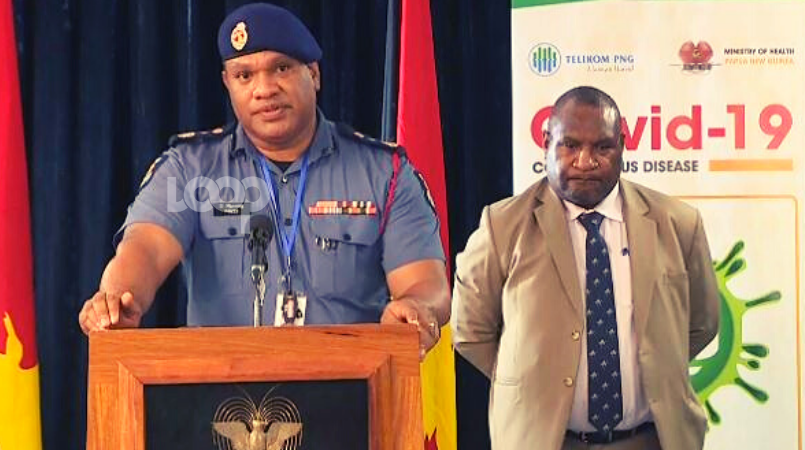
Papua New Guineans have been reminded that COVID-19 has a limited infectious period.
This means a person whose initial test result shows the presence of an infection, can later get a negative result after a period of time.
The State of Emergency controller, David Manning, emphasised that those who have COVID-19 are most likely to recover. His statement supports that of the Deputy SOE Controller, Dr Paison Dakulala, who recently said 80 percent of those infected will be cured.
Just like in the case of East New Britain woman Joanne Schulz, who yielded two negative results after testing positive on April 6th, the emergency controller further revealed that the second lot of specimens collected from the East New Britain man and NCD woman have also come back negative.
Manning said the woman in NCD was among a number of frontline responders subjected to random sampling conducted on April 9th. Her results came back on Thursday, April 16th, as positive.
This forced the lockdown of the National Operations Centre where she worked at.
Also on Thursday, April 16th, a second sample was taken; the result came back negative two days later, on Saturday April 18th.
And as per the World Health Organisation protocol, for a person to be declared recovered, they have to be tested 24 hours later if the second test is negative.
Manning said: “It is expected that all cases will become negative within 14-21 days.”
He further said the seven positive case samples have also been sent to the reference laboratory in Australia as per WHO recommendations.
Meantime, there is confusion on ground, especially with the East New Britain cases, as those announced to be positive have not sighted any result from their tests, and had to rely on verbal messages from authorities.
To clear any doubts, they are now calling for access to their test results.
(SOE Controller, David Manning, with Prime Minister James Marape)
